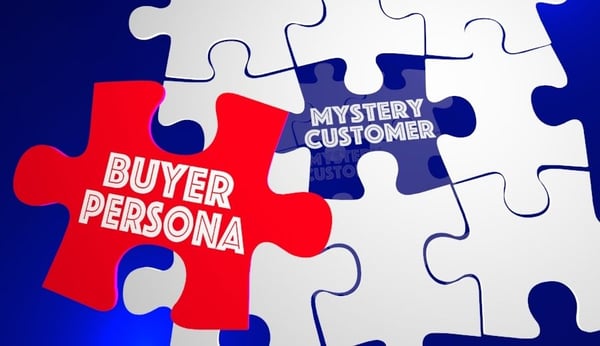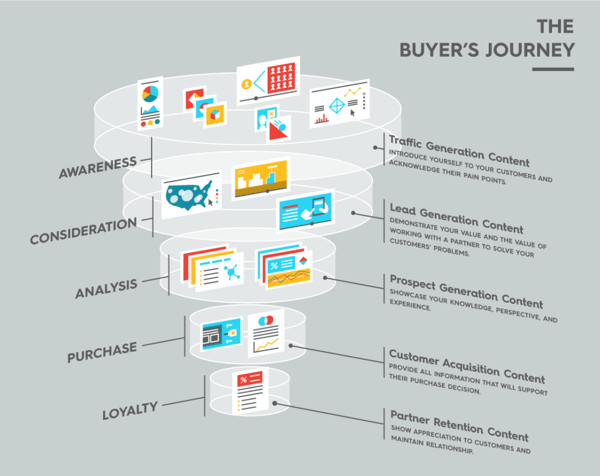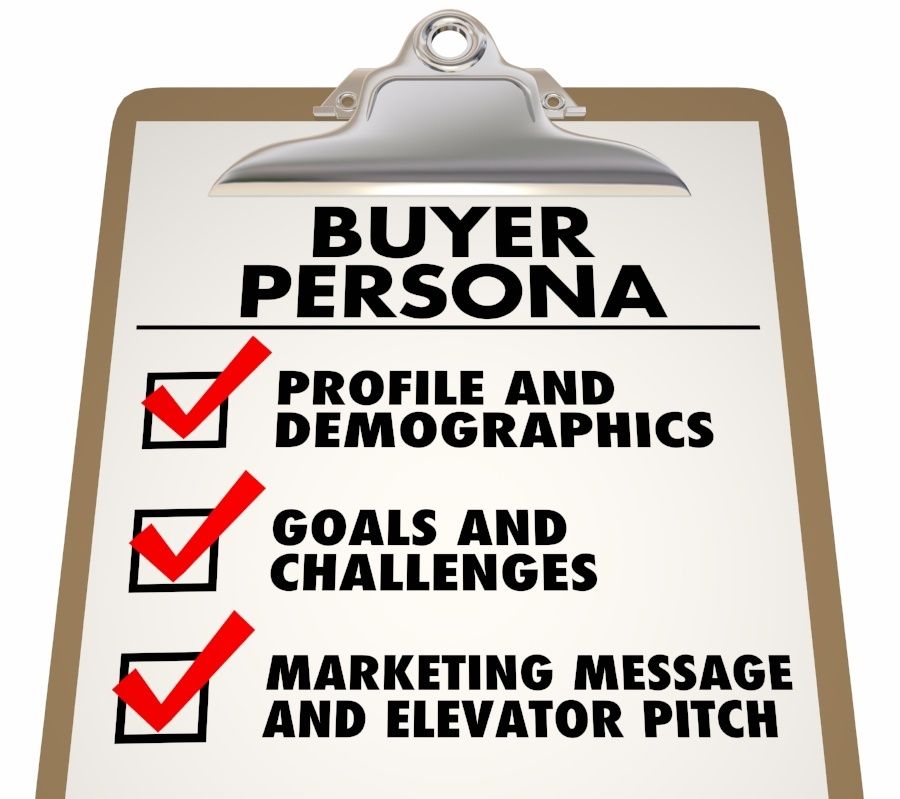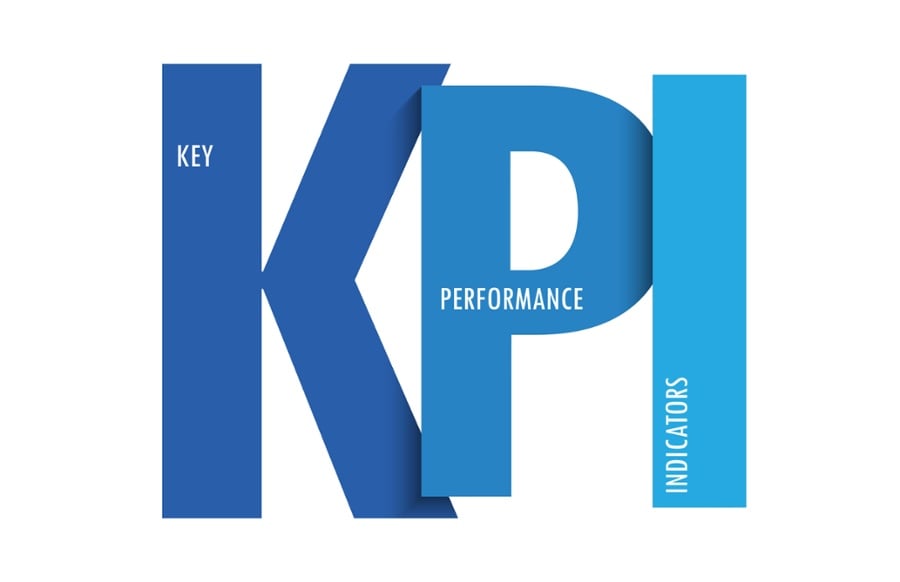
In order to market effectively to an audience, first you must understand them. Every business plan is built on demand, a reason people will want to buy your products or services.
Marketing your business is about reaching out to your audience and letting them know that you have a solution to problem they have been experiencing.
This is a remarkably personal connection, one where the promotional content itself somehow both shows empathy and suggests that the solution can be found in your product. In all the best marketing campaigns, this is true.
Marketing professionals have been developing techniques to identify and connect with potential customers for decades. However, one of the most effective techniques in the industry is to build a collection of marketing buyer personas.
These unique profiles can tell you exactly how to target and even how diverse your targeting needs to be based on imagining your audience as if they were represented as a single personality or a set of personalities.
The Art of Targeting
In order to make the empathic connection with your audience and show that you understand the day-to-day troubles of your ideal audience, you have to know who you're talking to.
People's lives are very different and most brands appeal to a select range of all theoretically potential customers.
You can see it in the way commercials and inbound marketing tactics work today. Cleaning products are marketed to parents, primarily to working moms.
Phones and mobile services are marketed to young trendily dressed professionals or teens. And outdoor gear like grills and lawn mowers are almost always targeted at young to middle-aged men.
That's just the way the marketing cookie crumbles, but these aren't just stereotypes. Marketing teams know what they're doing, and buyer personas can allow them to reach out to the audiences who have the most use for their products.
Busy professionals with children need the latest quick cleaning products to compress their home life chores efficiently.
Young entrepreneurs and executives are the people who need the latest phones, tablets, and software every year.
By targeting the right people, they can more easily connect to likely customers and convey the desirability of their product.

What is a Buyer Persona?
A marketing buyer persona is a detailed profile of a person who could represent a large percentage of your potential customer audience.
These are used to humanize the customer and help them understand how to reach out on a personal level. Just like characters in a book or movie can give you real perspective, so too can imagining that you are marketing directly to a buyer persona.
Each persona is given a name, a few key character traits, and then a theoretical life and motivations are built out of statistics and common sense.
This allows marketers to have a clearer idea of who they are building promotional and inbound content for.
.png?width=600&name=buyer-persona-opcrm-example%20(1).png)
Multiple Buyer Personas for Every Brand
Every company has a variety of potential buyer personas which represent types of people who might buy your product.
A backpack company, for instance, is likely to have a student persona, a camping enthusiast persona, and a traveler persona at the very least because all three niches will be hunting for sturdy, visually appealing backpacks. In each general category, you can even decide to striate further.
Many advanced marketing teams have a male and female persona because these tend to represent slightly different target audiences.
Masculine personalities tend to want bulkier and more squared-off equipment while feminine personalities like sleek, flattering, and a little more decorative designs.
Based on Statistics and Facts
Of course, determining both the identities and traits of each person isn't just guess-work. Buyer personas can start as semi-anecdotal from industry experience but the best ones are built based on real marketing statistics and facts.
Do women between 25 and 35 prefer your product more or less than men in the same age group? Or does having children factor more heavily into the likelihood that a customer will convert?
Your buyer personas should legitimately reflect the people who are most likely to buy your products.
Marketing research is there to reveal who wants your product most and how to appeal to them. A buyer persona is essentially a very relatable way to present these facts in an efficient form.
The Buyer Persona Formula
If you go out and explore making your own buyer personas, no doubt you will run into a lot of what appears to be worksheets. These will have a space for a name, age, occupation, interests, hobbies, and motivations at the very least.
Many also include a square for an image that fairly represents the demographic your buyer persona will be 'speaking' for. These worksheets are the formula a company will use for all their buyer personas.
They define the traits and information that should be filled out for every persona, making them comparable one-to-one and uniformly complete when each detail is filled out.
Let's Build An Example
For the sake of example, let's say you're running a blog for business women and also sell a number of apps and software tools for professional life management.
Your marketing research has revealed that female college students between 20 and 25 starting their careers are your biggest reader base. We'll build them a sample buyer persona.
The Name
The first trait, the name, is actually one of the most important aspects. This is how the persona will be referenced and will influence how marketers think of the entire represented audience when interacting with the persona.
Tradition suggests naming your buyer personas with a first name and a distinctive trait. Some go with things like "Daring Dwane" or "Entrepreneur Ennis" while others like "Susan the Supermom" or "Ken the Inventory Guy".
Often the naming scheme you choose will be influenced by your own company culture and how you tend to view your own customers.
Their names should reflect a realistic name for the demographic and something that will help you remember which one is which.
Example: We'll call our young college student "Graduate Gina"
Demographic Info
The next set of information will tell you, in demographics, who this persona is. These are the facts that, if read off a resume, would give you a pretty clear idea of the life your persona leads.
Demographics should include
- Age
- Gender
- Location
- Education
- Occupation
- Culture - if relevant
Not only are these essential parts of a real-seeming person, they can also give you interesting clues into how to relate to your target audience. Knowing that your top audience is between 35 and 40 doesn't give a marketer many ideas.
But thinking about a working mom in her late thirties who has a degree and an office job gives you an idea of who you're really writing for.
You can guess what cultural references "she" would get and what her tastes in media or brand features might be.
Example:
- Name: Graduate Gina
- Age: 24
- Gender: F
- Location: Dallas, TX
- Education: Masters Degree in Business
- Occupation: Assistant Office Manager in a Corporate Firm
- Culture: Millennial Cosmopolitan
Motivations
Once your buyer persona has taken on a predictable human form with their own name, age, and a few facts about their life it's time to dig into what makes them tick. After all, this is a marketing technique.
When looking at a bare-bones buyer persona with only name and demographic information, this is where your research and the empathy of your marketing team really start to come into play.
Just guessing isn't good enough, you need informed details on what this particular buyer category cares about most and what motivates them to buy your product.
Many companies separate buyer persona motivations into several distinct categories, but the specific categories that matter will vary from business to business.
However, it is always important to understand the core motivations of your personas so that your marketing message is never counter-intuitive.
Basic marketing categories may include a persona's primary motivations in life, their needs related to your industry, and what they want most from a company that offers your product or services.
Example:
- Primary Motivation: To do well in her first post-graduation job and move up the corporate ladder
- Secondary Motivation: To maintain a healthy work-life balance and enjoy her twenties
- Interests Relating to Industry: Gina needs efficient scheduling apps and organizational software to keep her busy life in order. She likes apps that are available on multiple devices and trendy cohesive brands.
- What Gina Wants: Gina is looking for an all-in-one cloud-based app that looks and feels cool to use. She wants her friends and coworkers to envy her organizational skills and to be at the cutting-edge of technology for young professionals.
Behavior
Finally, we look into how your buyer persona is most likely to act. Who they are and how they feel are all great clues into how to market to them.
But the ultimate decider will be the actions your customer demographic will ultimately take. These, too, can be determined by studying trends and statistics.
Buyers who are more price-conscious can be spotted always showing preference for a cheaper option or refusing to buy if an item is luxury-priced.
But not all buyers who say they care about the environment necessarily show preference for eco-friendly products. Knowing your buyer's behaviors is just as important as knowing their motivations.
Example:
- Gina is constantly trying out new apps, products, and venues recommended for young professionals and stays with the ones she likes best.
- She is more likely to try your app if there is a free trial with all the bells and whistles but feels that "limited" free trials are a waste of her time.

Marketing To Your Buyer Personas
After some careful thought and a lot of research, you should have one or more fully crafted buyer personas. These are 'people' your marketing team can do all but talk to.
The buyer persona formula provides an incredibly useful framework to build a nearly complete person to eliminate the guess-work that comes with detailing any marketing campaign.
Having a complete set of buyer personas can allow a marketing team to simulate a focus group by generalizing how the persona's values would shake out in a vote on one issue or another.
Together or Separately
By looking at the represented audience, marketers can choose to find the common thread between personas and make material that should appeal to all of them or choose to striate the marketing campaign into several themed mini-campaigns.
In many cases, they will choose to do a little of both, with some content designed to highlight the overall benefits of a product and others designed to appeal to specific buyer persona who will be attracted to the product.
As we mentioned earlier, these can also be separated out into sub-strata of persona and targeting even from there.
If it's worth it to your marketing team, an entire team of differently motivated athletes, office workers, execs, or B2B decision-makers might be built with a subtly different strategy for each of them.
The Little Details
Of course, buyer personas aren't just a wide-scale targeting tool. They can also help marketers make the little decisions about content they create. When writing an article targeted at parents, should you subtly support or discourage green household practices?
Check your buyer personas. Do they not care at all, do they think recycling is a hassle, or are they more likely to trust a company that supports green practices?
Simply by having a buyer persona to consult with, your marketing team is more likely to make an informed and empathic decision rather than guessing in the moment what might have the best impact.
Building Your Own Buyer Personas
The way you build your own marketing buyer personas will be heavily influenced by your industry, target audience, and the results of your marketing research.
Some details will be based on real experience with your customers and the details will be filled in by marketing research results and a touch of common sense.
Once you have arranged your marketing data into relatable personas, your team will be able to build assets as if they were targeting someone they knew personally with all the empathy and connection that is necessary for a truly compelling marketing campaign.
If you'd like more information about buyer personas or a professional consultation on how to build the right personas for your business, contact us today.















